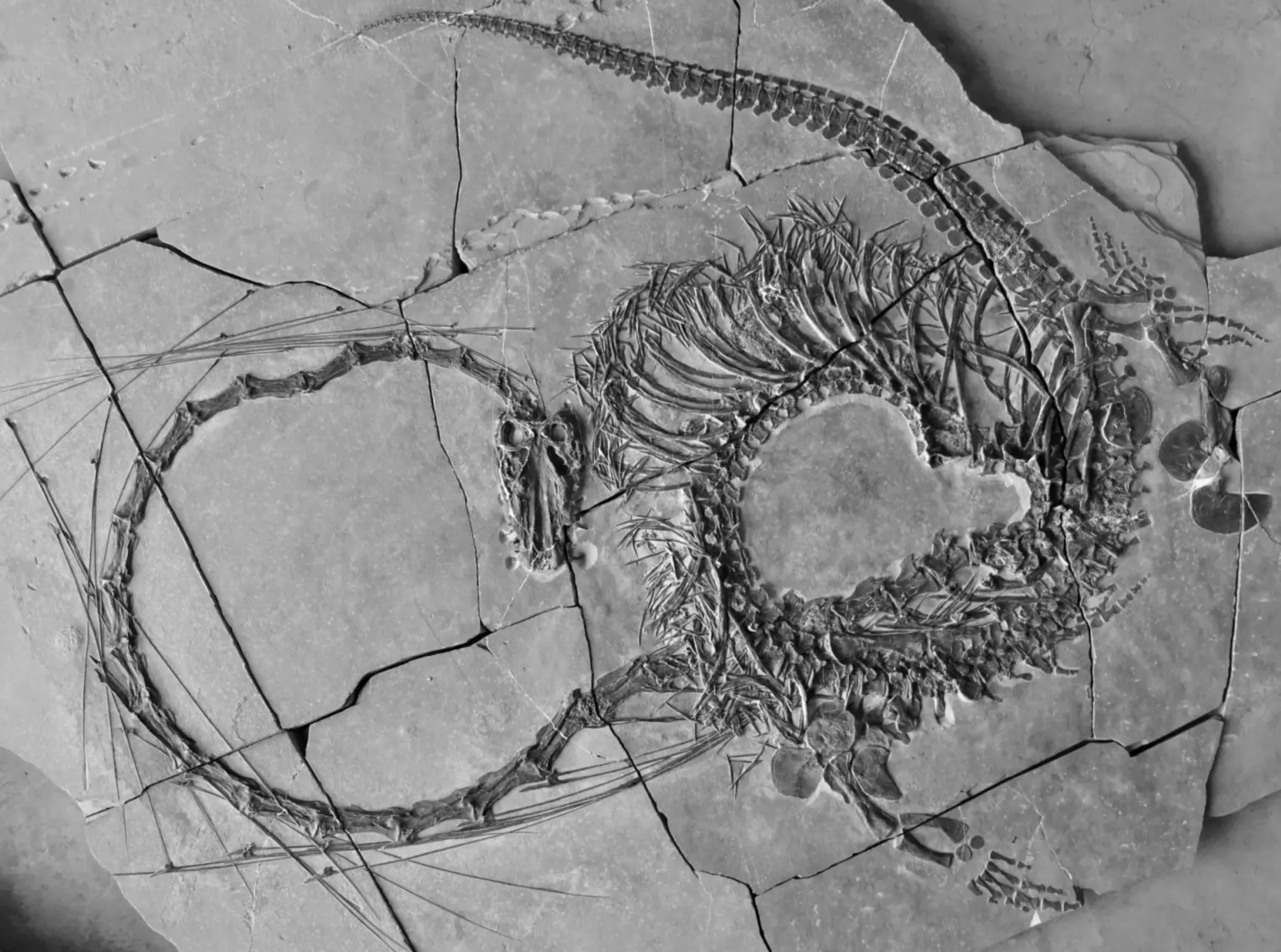HEALTH
240-Million-Year-Old ‘Chinese Dragon’ Fossil Found In China
Published
4 months agoon

More From Sci + Tech
-


AI Powers New Thought-To-Text System Without Need For Brain Implants
-


Space Force Fire Fly ‘Victus Nox’ Launch, Stage sep @Firefly_Space…
-


CDC Expanding Disease Surveillance to Include Flu and RSV at…
-


NASA Eclipse Views from Various Cities. 4/8/24.
-


NASA – Christmas Tree Cluster, a swarm of stars and…
-


NOAA Satellites show lightning inside Hurricane Ian
-


Strawberry Moon from the Cincinnati Observatory, (Almost) SUPERMOON!!! From @CinObservatory…
-


AI which counts coughs on your phone will revolutionize medicine,…
-


CVS Stops Selling Oral Decongestants With Phenylephrine After FDA Panel…
-


A year ago today, Hurricane Ian made its devastating landfall…
-


The beginnings of the upcoming nor’easter.
-


Eclipse – Woman Describes Effects on her Eyes After Looking…
